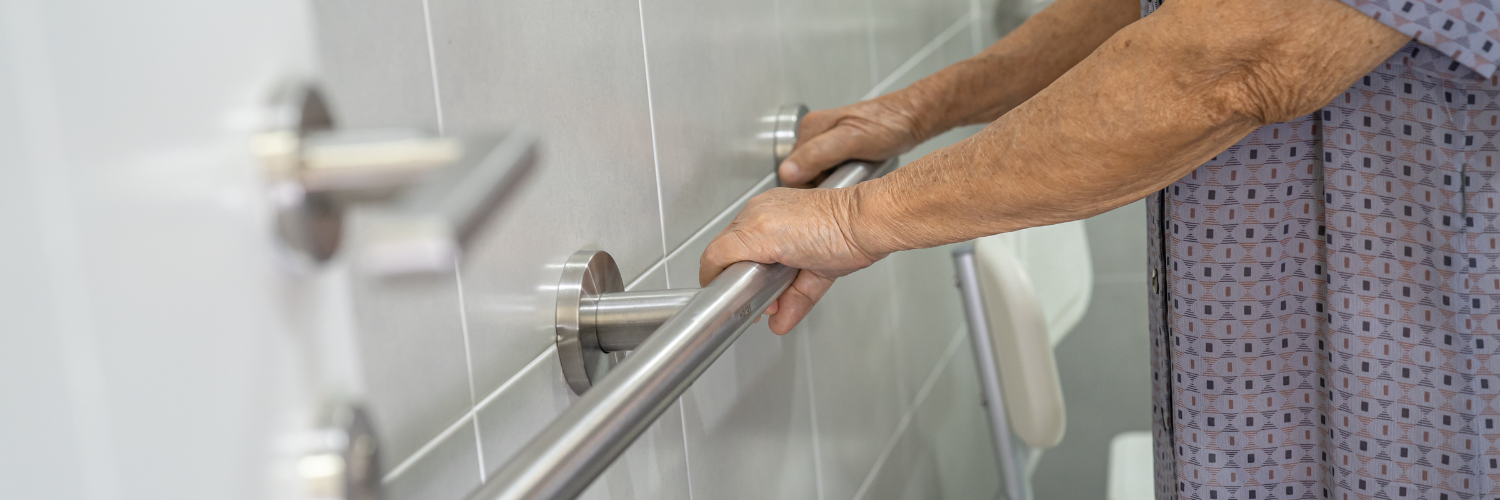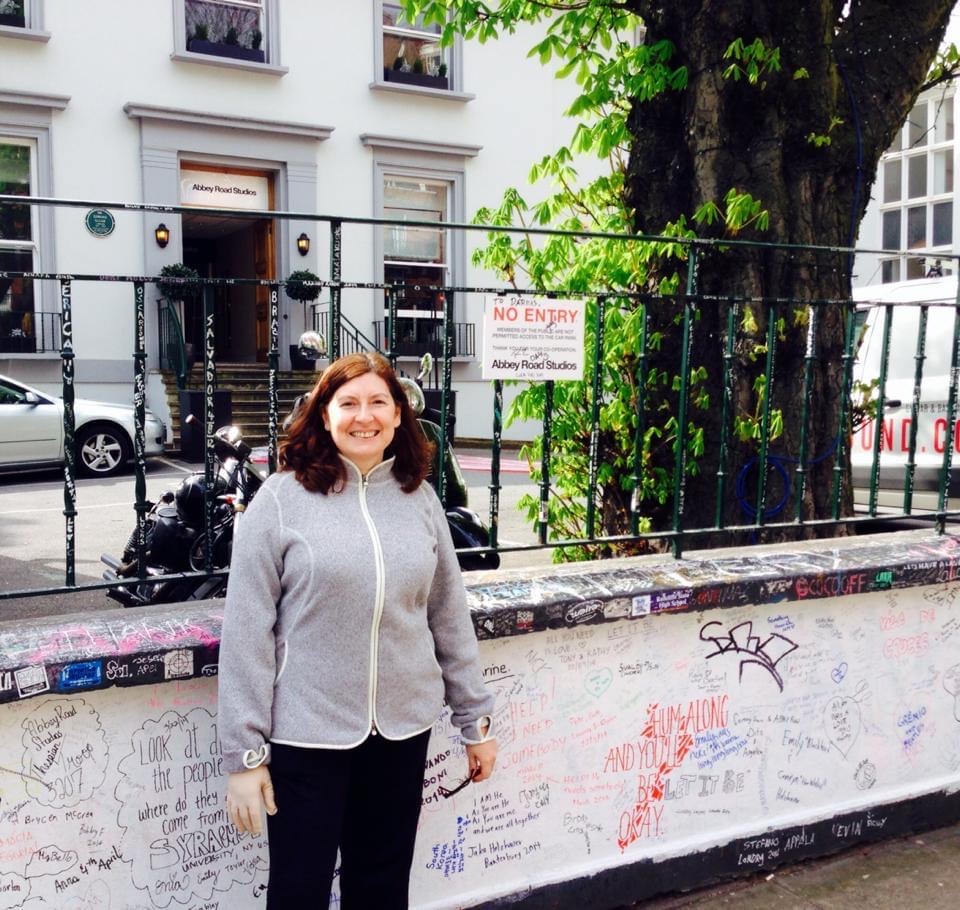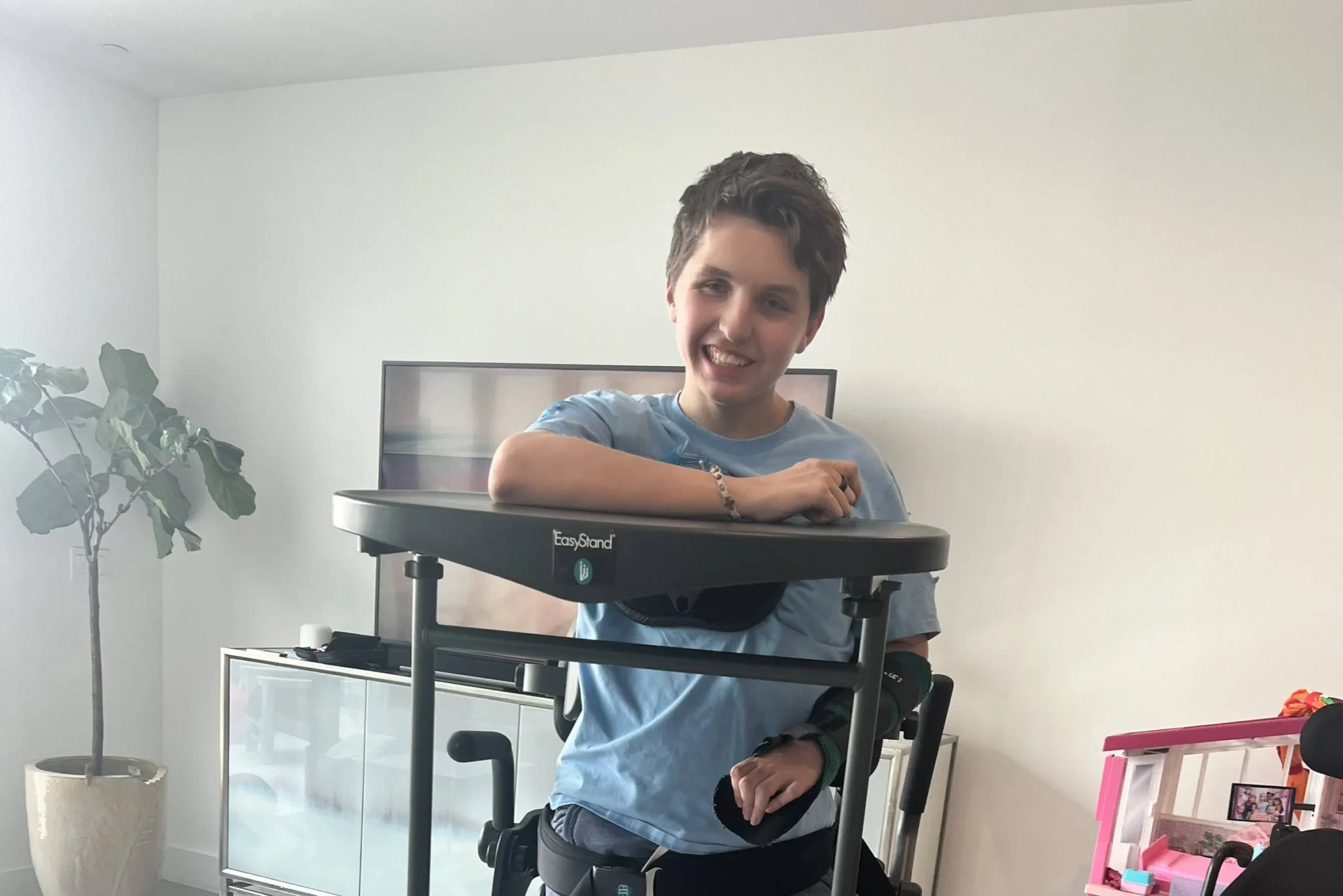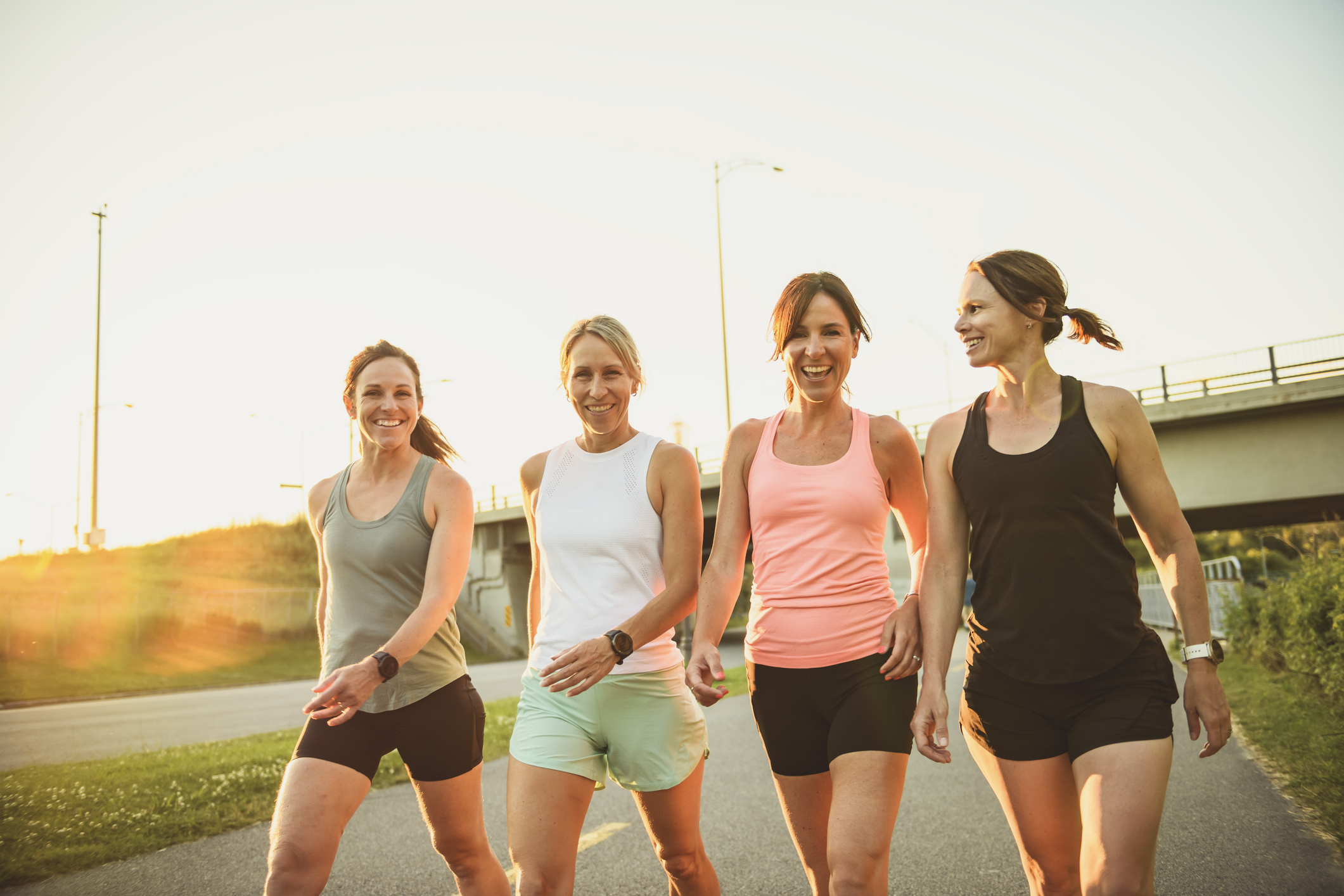Ramps and Handrails
Mobility challenges are common after a stroke. If steps and uneven surfaces are difficult to manage, consider:
- Installing ramps at entrances for wheelchair or walker access
- Adding sturdy handrails along staircases and hallways
- Securing rails on both sides of stairs whenever possible
These changes provide stability and reduce the risk of trips and falls.
Bathroom Safety Updates
The bathroom can pose serious risks due to wet, slippery surfaces. Modifications can help create a safer, more accessible space:
- Grab bars near the toilet, shower, and bathtub
- Non-slip bath mats or textured floor tiles
- Shower benches or chairs to sit while bathing
- Handheld showerheads for easier control and reach
- Raised toilet seats to reduce strain when sitting or standing
Small upgrades like these can prevent injuries and support personal independence.
Bedroom Adjustments
Getting in and out of bed can be difficult, especially during early recovery. Helpful modifications include:
- Bed rails or grab bars for support
- Adjustable or hospital beds to change positions with ease
- Clear walking paths around the room to reduce fall hazards
- Keeping essentials like phones, water, and medication within reach
A safer sleep setup can improve rest and reduce anxiety.
Kitchen Accessibility
Cooking can become overwhelming after a stroke, especially if motor function is affected. To make the kitchen more functional:
- Use pull-out shelves or drawers for easier access
- Add seated workspaces to allow meal prep while sitting
- Use a rolling kitchen cart to move items easily
- Install lever-style handles instead of knobs
These changes can empower survivors to stay involved in daily routines.
Lighting and Visibility
Poor lighting can increase the risk of falls, especially for those with vision changes after a stroke:
- Install brighter, well-placed lighting in hallways, bathrooms, and entryways
- Use motion-activated lights to reduce the need to find switches
- Add nightlights to bathrooms and bedrooms
Better lighting can help stroke survivors move more confidently throughout the home.
Safer Flooring Choices
Slippery or uneven flooring is a major hazard. Consider:
- Replacing slick tile or hardwood with non-slip materials, like cork or rubber
- Removing loose rugs or securing them with non-slip backing
- Using rubber mats in the kitchen and bathroom
Stable flooring gives peace of mind while moving around the house.
Start with a Home Safety Assessment
Every stroke recovery journey is different. A licensed occupational therapist (OT) can assess your home and recommend specific changes based on your unique mobility, cognitive, and daily living needs. They can also help you prioritize modifications and find resources for funding or support.
Final Thoughts
Your home should be a place of comfort, not risk. With the right modifications, you can create an environment that promotes independence, supports healing, and reduces everyday stress. Whether it's a grab bar in the bathroom or a fully accessible entryway, these changes can make a meaningful difference in daily life after stroke.


%20(2)%20(1).png)



